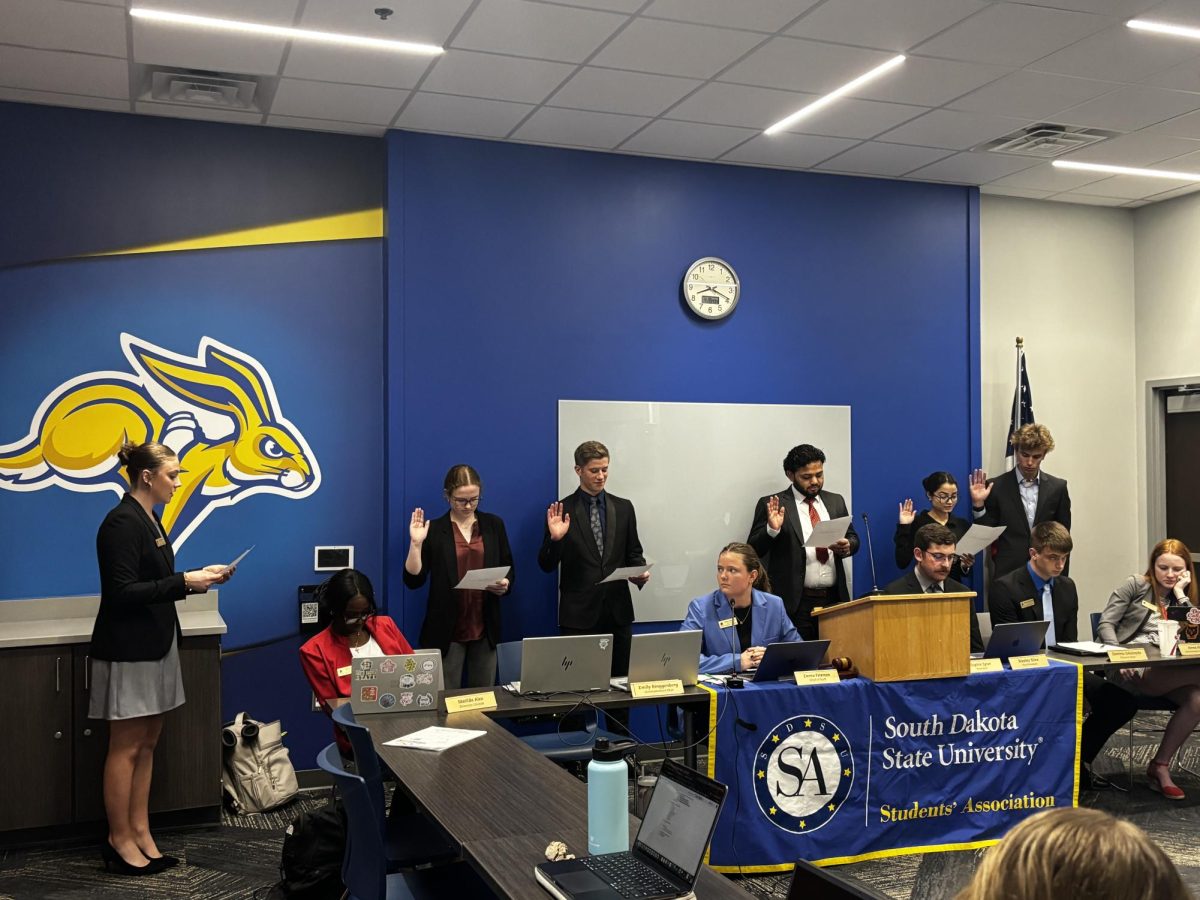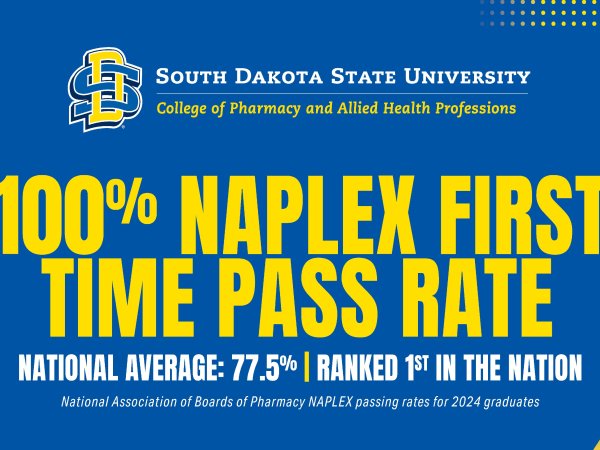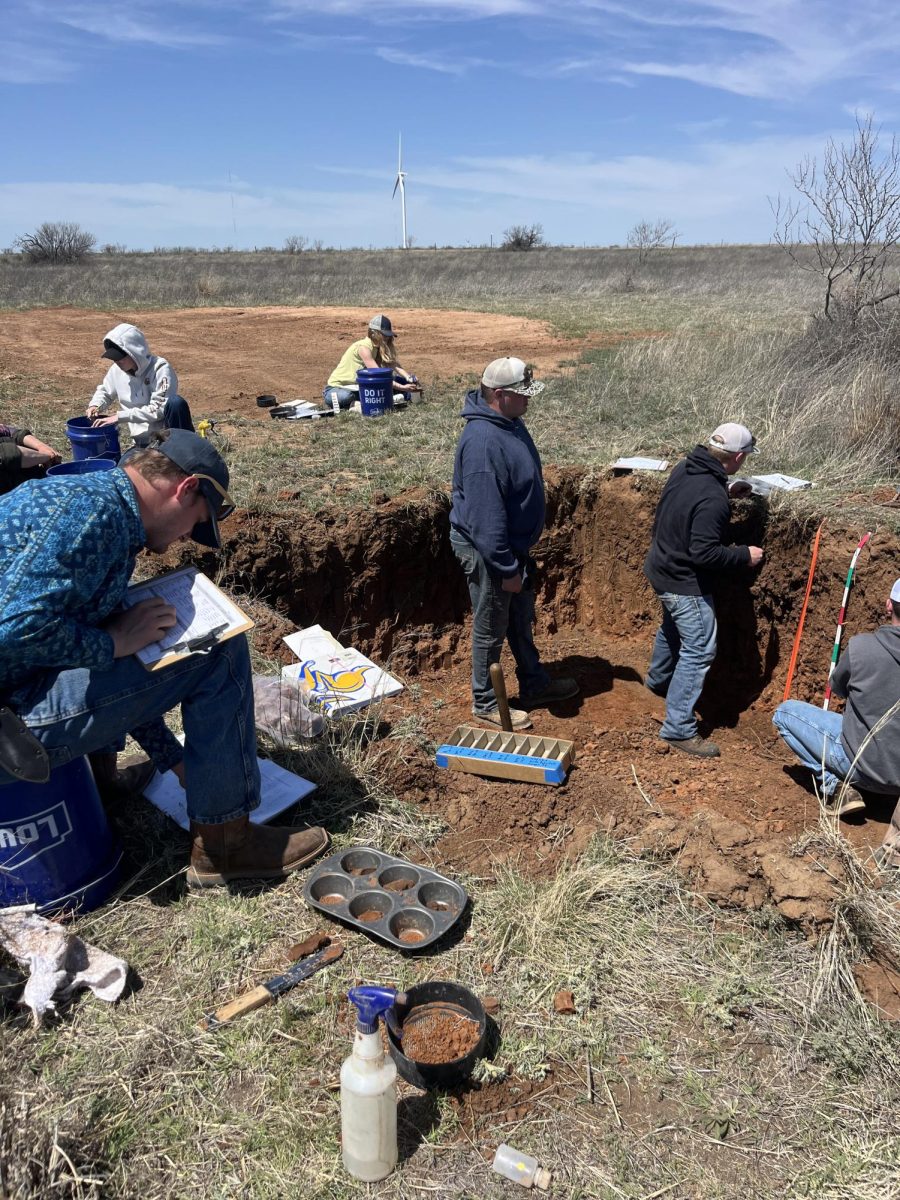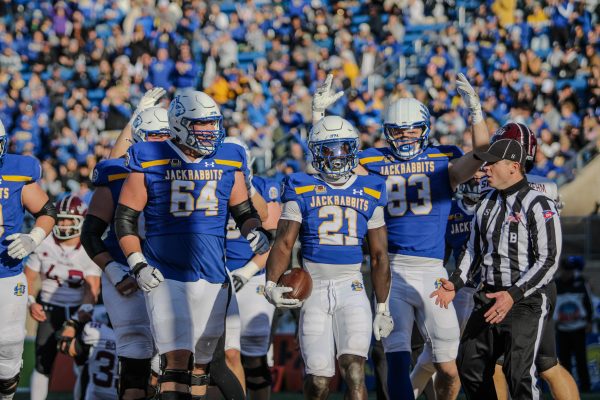College saved by persistent 1971 student protests
April 21, 2009
Vanessa Marcano
Every time an SDSU student walks by the Wellness Center, a piece of student history solemnly stands by – a reminder of the ideals and struggles that former Jackrabbits faced in order to preserve their alma mater.
Often called the “spirit rock” or the “loyalty rock,” the officially named Loyalty Grove is a monument dedicated to the faculty and staff but especially to the students of SDSU who united to protect the integrity of one of South Dakota’s most important educational institutions: the SDSU College of Engineering.
The year was 1971 – an era of rebelliousness and grassroots actions – when a state advisory committee recommended that the SDSU College of Engineering be moved west to the South Dakota School of Mines and Technology in order to save $200,000 in costs, according to Amy Dunkle’s book The College on The Hill.
This meant the permanent removal of SDSU’s engineering programs and the imminent disappearance of the College of Engineering. SDSU had transitioned from being an agricultural college to a university in 1964, and this meant that the campus encompassed a variety of colleges. The disappearance of its third largest would have undermined SDSU’s standing as a newly established university.
According to V.J. Smith, co-writer of The College on The Hill and former Alumni Association director, the Jackrabbit engineers, supported by students from other SDSU colleges and alumni, were not going to let an administrative decision wipe their college off the map without a fight.
“The student body rose up. Many went to their hometowns and tried to get community leaders to contact their legislators to fight this whole thing,” Smith said.
During this time, people across the nation were wary of college students because they were perceived as “long-haired, Vietnam-war-opposing” rebels, he added.
At SDSU, the engineering protests went on intensely for about a month during the 1971 legislative session, Smith said.
“Those were the days when the students used to get really riled up about issues. They got in their cars and went out to the communities; they got the chores done,” he said.
Dunkle’s book says that on March 4, 1971, 6,000 students – 80 percent of the 1971 total student population – stayed out of classes while waiting for the legislative decision. About 4,000 students gathered in a rally on campus to hear Tom Stanton, then student body president, discuss the consequences of losing the engineering college – all in a show of solidarity, and in Stanton’s words, “an exercise in democracy.”
In the end, the measure was defeated, and SDSU retained its engineering college. David Pearson, former assistant and SDSU vice president from 1959 to 1980, felt that there had to be a monument attesting to the students’ loyalty to their university, and that is how the SDSU Loyalty Grove came to fruition.
“He had that huge rock moved in and placed a plaque on it as a symbol of what student solidarity means,” Smith said. “I think it is appropriate that the Loyalty Grove is by the Wellness Center, since, it, too, was a student-driven project. Students stepped forward to say ‘We believe in the university.”
Thanks to those 1971 idealists, Smith said, the students of today, as well as the community, are benefiting from those efforts.





















